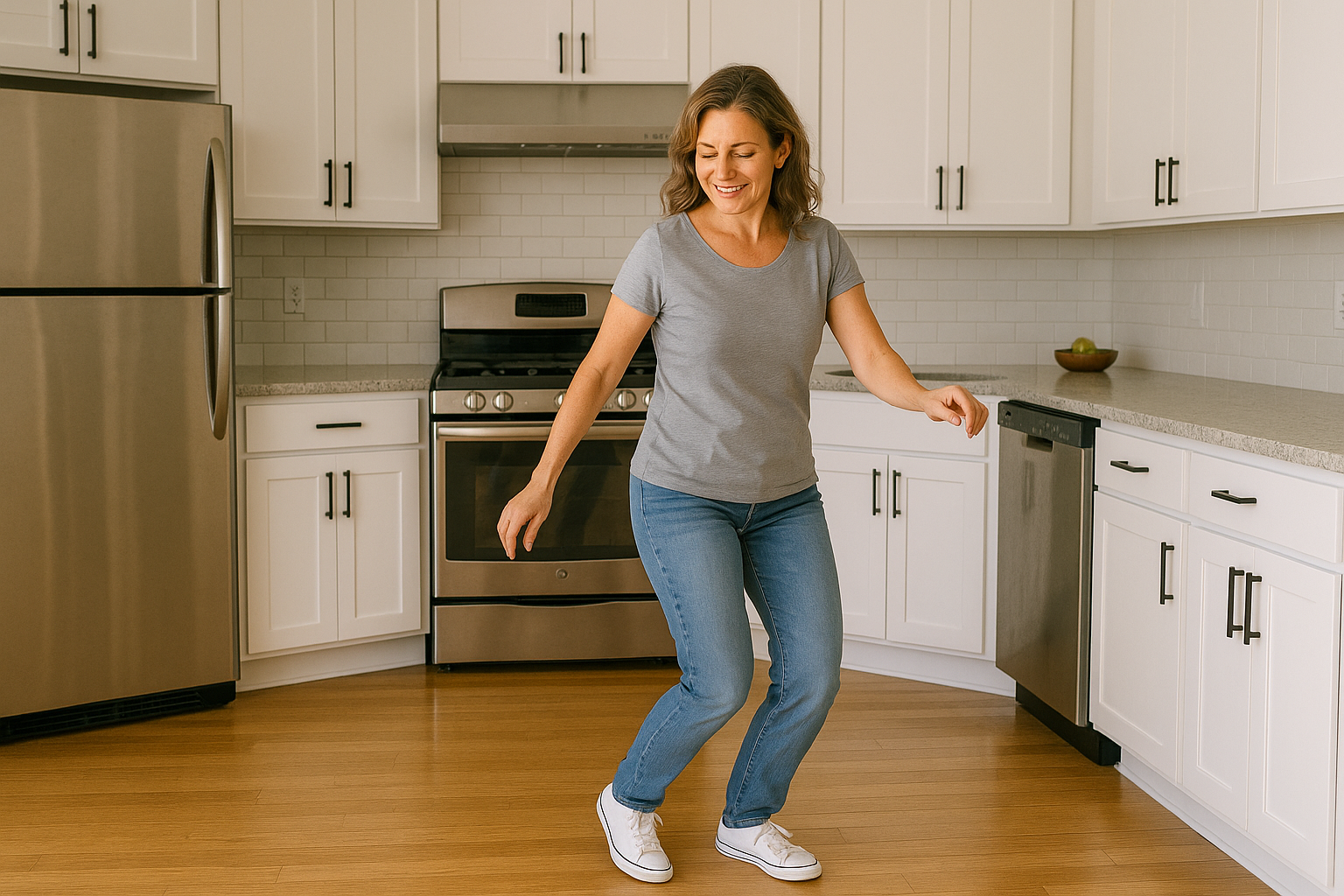How to Get Better at Salsa: Why a Little Bit of Practice Makes a Big Difference
6 reasons why a little bit of practise can elevate your learning

If you’re a salsa beginner, you might be asking: How can I get better at salsa quickly? The good news is that improvement doesn’t come from talent or luck — it comes from consistent practice. With the right approach, even short practice sessions can dramatically improve your salsa dancing.
Just like going to the gym, learning an instrument, or speaking a new language, it’s the small regular steps that create big results over time.
Here’s just a few of the things that we have observed about the power of practise from teaching hundreds of beginner salsa classes.
1. Salsa Practice Builds Muscle Memory
Salsa dancing is as much physical as it is mental. Your body needs to repeat movements enough times for them to feel automatic. If you only practice once a month, your muscles forget in between. But if you practice a little every day or every week, your body locks the movement in much faster.
2. Build Confidence on the Dance Floor
The more often you dance, the less you have to “think” about each step. Consistent practice turns what feels awkward into something natural. That confidence then frees you up to focus on enjoying the music and connecting with your partner. At Sweetlead Salsa in North London, we see time and again that students who practise a little between classes gain confidence and leading and following skills faster.
3. Why Short Salsa Practice Sessions Work Best
Research in motor learning shows that spacing out practice into shorter, more frequent sessions leads to better retention than cramming everything into one long session. Your brain and body consolidate new skills during rest, especially while you sleep. That means five minutes of practice across several days is often more effective than a single one-hour session once a week.
4. From ‘Knowing’ Salsa Moves to Dancing Them Properly
In salsa, understanding a move in your head isn’t enough. You might know the turn pattern mentally, but your body needs time to internalise it and refine the details so it flows smoothly without conscious thought. This is why repetition matters: practice allows your body to “catch up” with your brain.
5. Small Steps Add Up
Consistency doesn’t mean hours of daily practice. Even 5–10 minutes of basic steps at home a few times a week makes a huge difference. Think of it as building momentum: little by little, those small efforts add up to noticeable progress.
6. Reducing Nerves on the Dance Floor
The more familiar your steps feel, the less nervous you’ll be when dancing with someone new. Practice creates a kind of “safety net” — even if you blank out for a moment, your body can keep moving on autopilot while you recover.
Final Thought
Salsa isn’t about learning everything overnight. It’s about steady progress, week by week, song by song. If you keep showing up, keep practicing, and keep moving to the music, you’ll be amazed at how quickly you improve. Consistency is the real “secret ingredient” to becoming a better salsa dancer.
🎯 Mini Challenge: The “One Song a Day” Rule
This week, pick one salsa song you like and dance your basic step to it once a day. Don’t worry about doing anything fancy — just focus on timing, weight transfer and staying relaxed. By the end of the week, you’ll notice your steps feel smoother and more natural.
